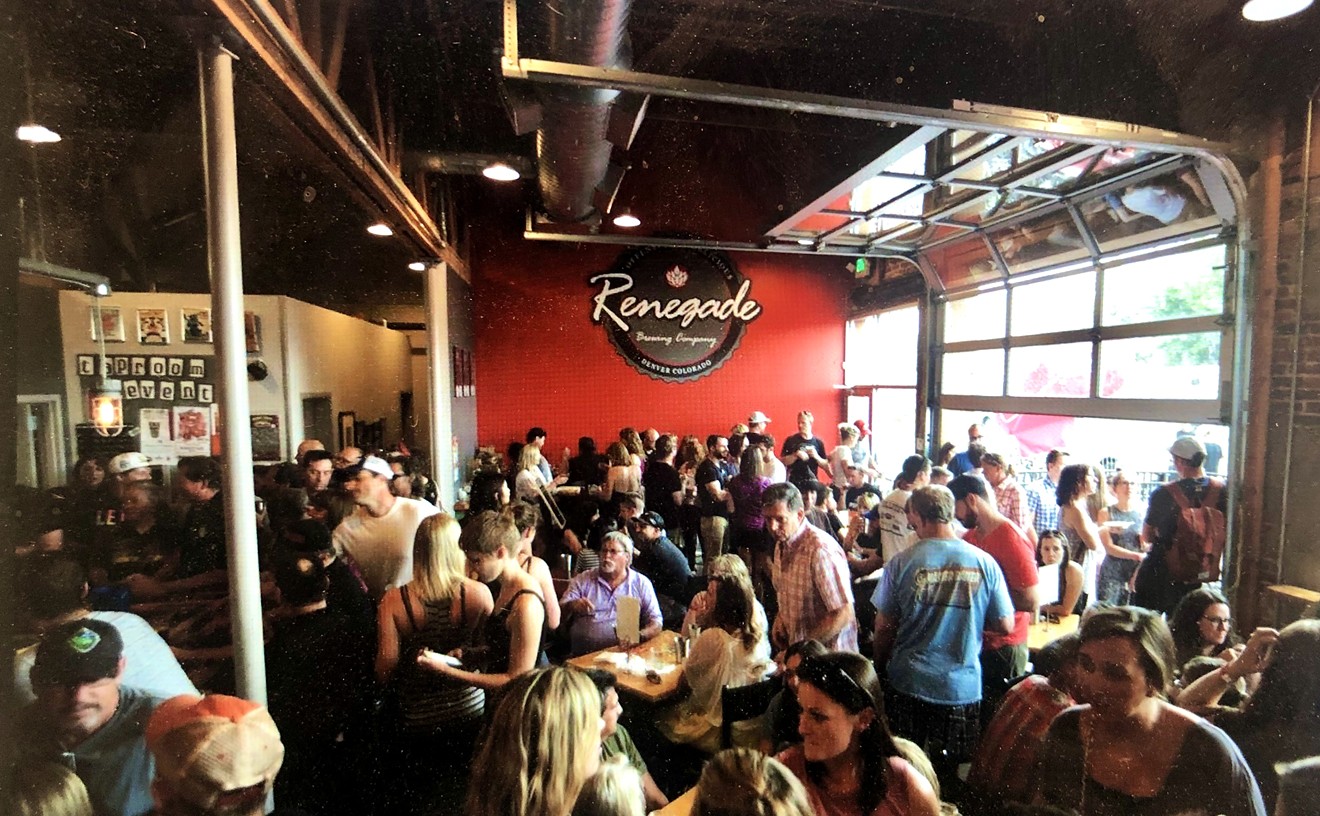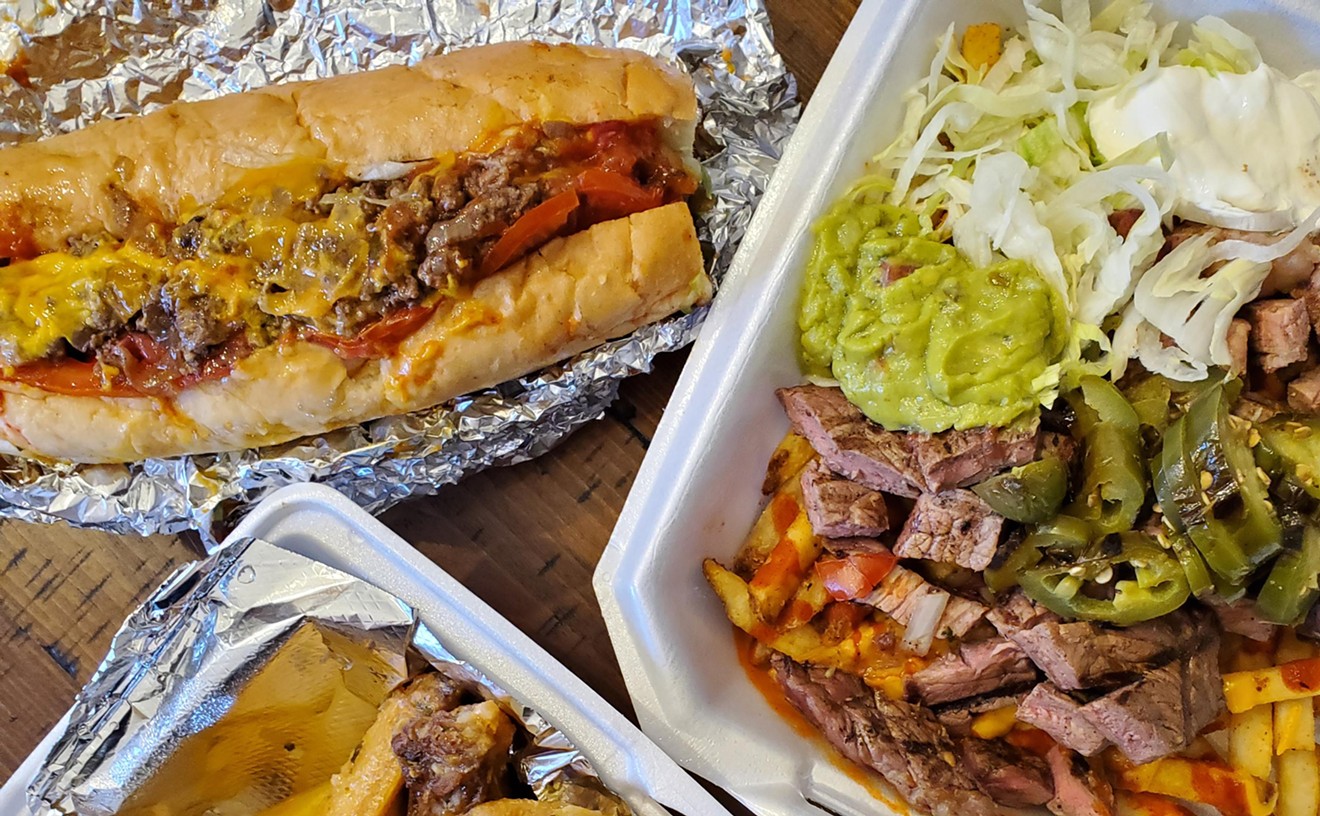Here's a short and sweet history:
1500 BC: The Egyptians invented many kinds of candy, including marshmallows. Taking mallow root found in marshes, they mixed it with nuts and fruit. The standard form of consumption was not charred over a campfire, though, and these were definitely not eaten with chocolate and graham crackers. The Egyptians also invented licorice.1502: Christopher Columbus brought a handful of cacao beans back to Spain -- and and the Spanish looked at them, unimpressed. It wasn't until Cortes spent some time with the Aztecs in 1519 that the Spanish realized how delicious the resulting chocolate could be. It quickly spread across Europe, and became the drink of choice at the chic Court of France. But the Mayans had been enjoying it for at least 1,500 years before that; they also used the cacao beans as currency, and crushed it and blended with blood as an offering to the gods.
1730: The steam engine did more than change travel. It made processing chocolate affordable for the masses -- or at least the middle class.
1765 : A chocolate factory opened in New England ten years after the treat was first brought to the United States.
1847: Recipes for coconut, lemon and peppermint hard candies were published in Mrs. Crowen's American Lady's Cookery Book, which also included recipes for candied lemon peels.
1848: John Curtis created the first American packaged gum using spruce sap. Two pieces of the State of Maine Spruce Gum went for a penny. Back then, there was a huge market for candies that cost a penny, which is how the "penny candy" name developed. Chewing tree sap wasn't just an American invention, though; the Greeks, Mayans and early Middle Eastern civilizations all chewed tree resin to freshen their breath. Mmm... piney fresh. It wasn't until the 1880s that chicle, rather than sap, was used as a base for gum.
1880s: The Wunderie Candy Company created candy corn, the king of disappointing Halloween candy.
1896: The Tootsie Roll appeared. But it wasn't until 2009 that it was certified Kosher.
1900: The Hersey's Milk Chocolate Bar was introduced, after Milton Hershey shipped in fancy German equipment that he'd seen at the 1893 World's Colombian Exposition in Chicago.
1908: George Smith put hard candy on a stick, and called it a "Lolly Pop."
1922: The gummi bear was invented in Bonn, Germany by Hans Riegel. He named his still-standing Haribo brand as a play on his name.1930: The Snickers bar was introduced just in time for the Depression, when families were told that candy was a cheap, nutritious way to get calories.
1931: The Tootsie Pop appeared -- proving that two sorts of candy are always better than one.
1932: The Three Musketeers Bar was created, with three filling flavors: chocolate, vanilla and strawberry nougat. Thirteen years later, the vanilla and strawberry called it quits.
1941: M&M's, the candy that "melts in your mouth, not in your hands," was patented. The U.S. Army picked it up as a handy way to deliver sugar to soldiers. Because of massive Armed Forces demand, M&M's wasn't t available to the public from 1942 to 1945.
1949: Junior Mints and Smarties were created, as were bubble gum cigars -- though not yet in pink and blue versions, designed to teach newborns about hetero-normative colors.
1954: The Marshmallow Peep was invented just in time for Easter. The first home-use microwave was introduced a few years later, though nobody recognized at the time how much fun it would be to blast a Peep in the microwave.
1976: The Jelly Belly was created in Los Angeles with just eight flavors: very cherry, lemon, cream soda, tangerine, green apple, root beer, grape and licorice. Today the company produces fifty regular flavors, with the occasional "limited time" ones added.
1982: E.T. immortalized Reese's Pieces by Hershey's as the candy of interstellar friendship. They'd premiered just four years earlier.
1993: Warheads are introduced in the U.S., sparking the extreme candy craze. First produced in Taiwan in 1975, this extremely sour candy soon inspired countless videos on the Internet of kids daring each other to eat mass quantities.
2009: According to the National Confectioners Association, chocolate was the clear favorite Halloween candy in America with 52 percent of people passing out chocolate. The rest: 30 percent hard candy and lollipops; 19 percent chewy or gummi candy; 16 percent gum; and 14 percent caramel treats.
Information comes from the National Confectioners Association unless otherwise noted.










